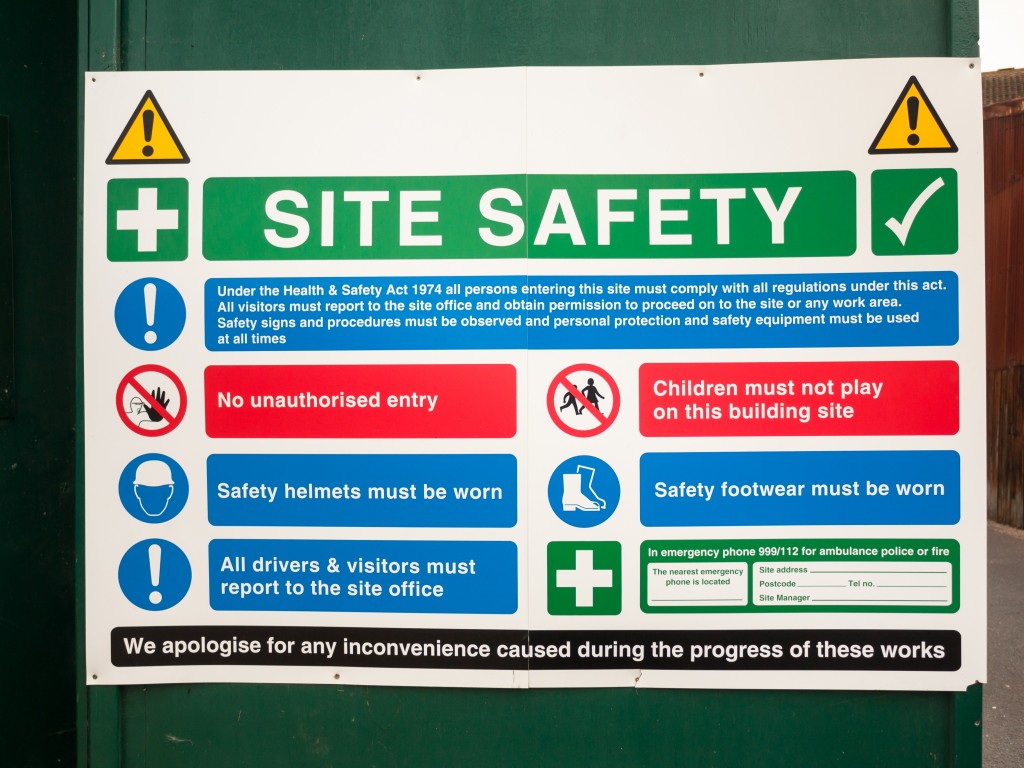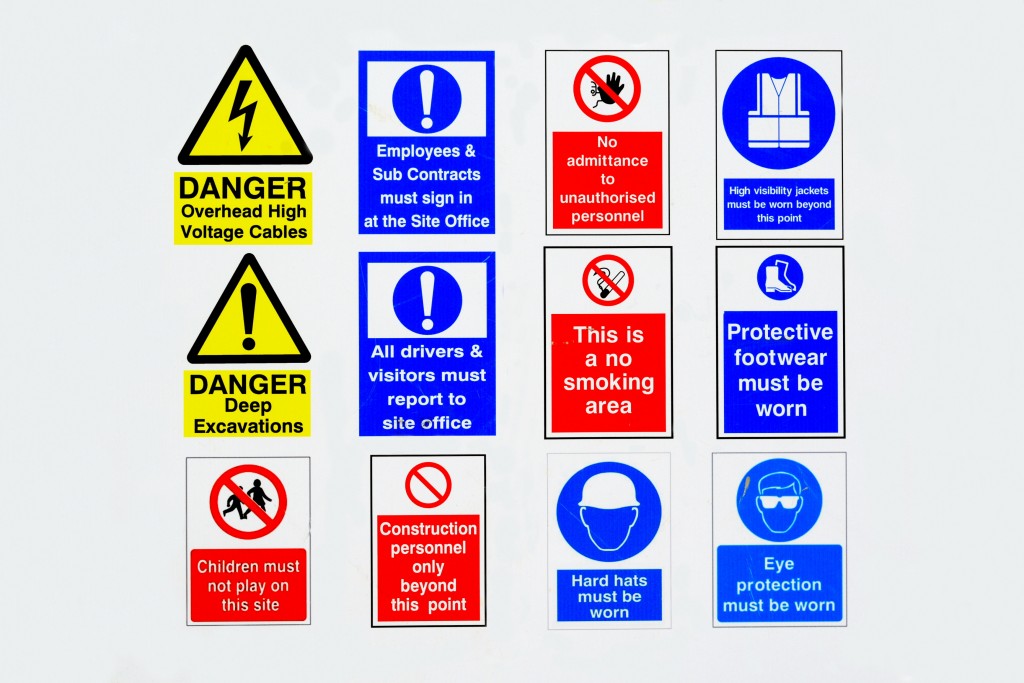Construction is a hazardous sector to work in and poses many risks to the health and safety of its workers, as well as members of the public. Whilst there has a been a reduction in the number of workplace fatalities and injuries overall in construction year on year, this industry still poses risks of injury and death.
Data from the Health and Safety executive shows that, over the last ten years, the construction industry ranks first for the deadliest industry in Britain, with 382 deaths – almost 100 more deaths than the Service Industry, in 2nd place.
Here’s a breakdown of the Health and Safety executive findings for the construction industry in the UK in 2017/18.
Fatal Injuries in Construction
In 2017/18, there were a total of:
- 38 fatal injuries to construction workers.
- 6 fatalities to members of the public.
On average, over the last five years, there are typically 39 fatalities to workers and 4 to the members of the public.
- 47% of deaths over those five years were due to falls from height.
- 12% were due to being trapped by something collapsing or being struck by an object.
When compared to other industries, 2017/18 was actually a good year for construction, with the industry falling to third place in the number of work-related deaths:
- Agriculture, forestry and fishing – 8.44 deaths per 100,000 workers
- Water supply, sewerage, waste management and remediation – 5.74 deaths per 100,000 workers
- Construction – 1.64 deaths per 100,000 workers
The 1.64 per 100,000 workers fatal injury rate still remains high, around four times the All industry rate. However, the number of fatal injuries in construction has dropped dramatically when compared to a few decades ago. In 1981, the number of deaths per 100,000 workers in construction sat at 7.9.
Non-Fatal Injuries in Construction
In 2017/18, there were an estimated 58,000 work-related cases of injury in construction. Of these:
- 30% involved over three days absence
- 24% involved over seven days absence
These percentages are similar across all industries for days of absence.
When we compare the annual average for non-fatal injuries in 2015/16 – 2017/18 for the most hazardous industries, construction sits at second place:
- Agricultural, forestry and fishing – 3.7% of workers
- Construction – 2.6% of workers
- Manufacturing & Transportation and storage – 2.2% of workers
2.6% of workers in construction suffered from an injury, which is about 50% higher than the All industries rate. The long-term trend over the years has shown a steady decline in the number of non-fatal injuries in construction.
When looking at the data available from the last three years for specified injuries, these were the biggest causes:
- Falls from height – 33%
- Slips, trips or falls on the same level – 30%
- Struck by moving, including flying/falling, object – 13%
- Injured while handling, lifting or carrying – 7%
Economic Cost of Workplace Injury in Construction
The economic cost of workplace injury to the construction injury for 2016/17 is estimated to be £490 million. These costs are imposed in terms of lost output and healthcare costs, and non-financial – the monetary valuation of human cost of injury in terms of loss of quality of life, and for fatalities, loss of life. Together, this gives the total economic cost to society.
In construction, around 2.4 million working days were lost each year between 2015/16 and 2017/18 due to illness and injury. With injury accounting for just 15% of these. This is the equivalent of around 10,000 full-time workers being absent from the workforce for the whole year.
Safety Measures for Construction
Whilst workplace health and safety continues to improve year on year, changes to the way the construction industry operates continue to be implemented in a bid to continue these downward trends.
Laws are in place to reduce the number of workplace injuries and fatalities. Such as the Construction (Design and Management) Regulations 2007 which states:
- There shall, so far as is reasonably practicable, be suitable and sufficient safe access to and egress from every place of work and to and from every other place provided for the use of any person while at work, which access and egress shall be properly maintained.
- Every place of work shall, so far as is reasonably practicable, be made and kept safe for, and without risks to health to, any person at work there.

At AE Faulks, we take health and safety very seriously. Our policy is executed at all times and ensures that we:
- Consult with our employees and others who we may control on matters affecting their health and safety.
- Provide and maintain safe plant and equipment.
- Ensure safe handling and use of substances.
- Provide information, instruction and supervision for employees.
- Ensure all employees are competent to do their tasks and to give them adequate training.
- Prevent accidents and cases of work-related ill health.
- Maintain safe and healthy working conditions.
- Review and revise our policy as necessary at regular intervals.
At AE Faulks, we are a leading construction plant hire and earthworks company that can provide plant hire throughout the West Midlands and East Midlands. If you’re looking for plant hire in Nottingham, plant hire in Leicester, plant hire in Derby or any of the other areas around the East and West Midlands, contact us today to discuss your requirements and how we can assist you with your next construction project.

















